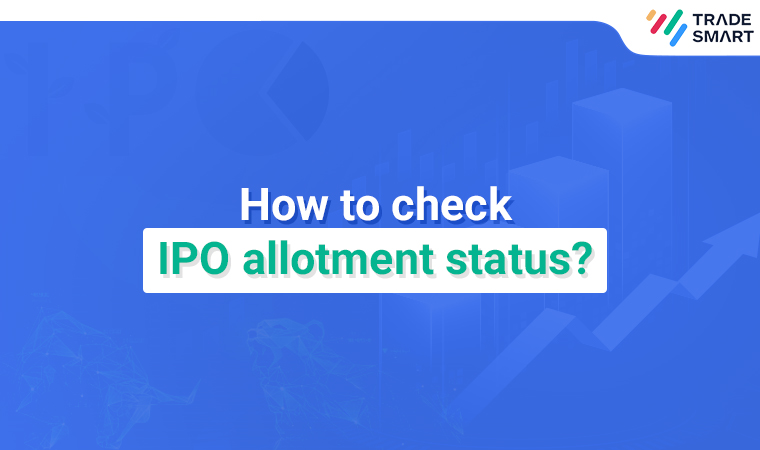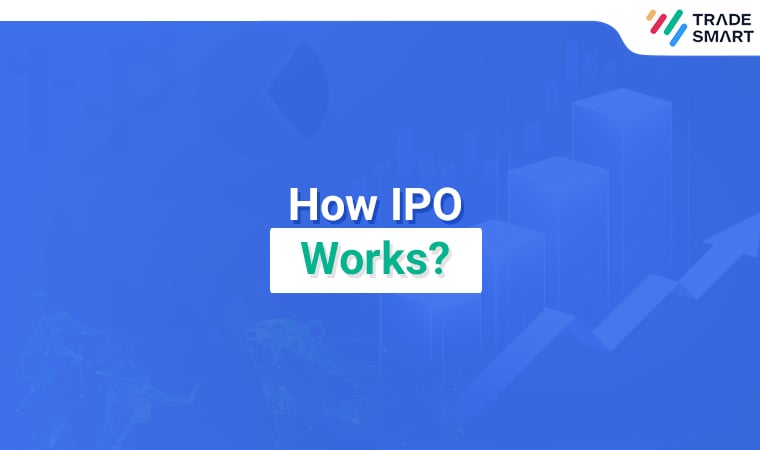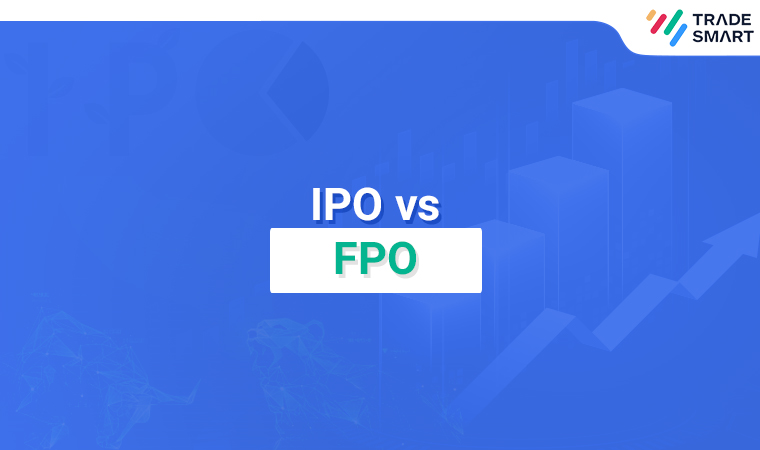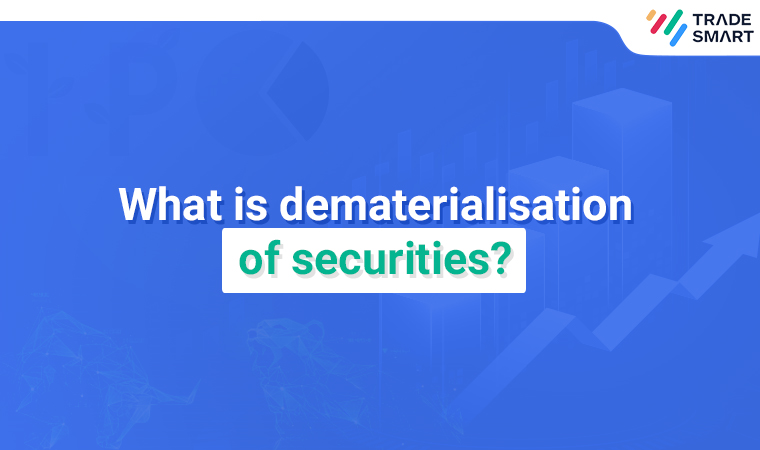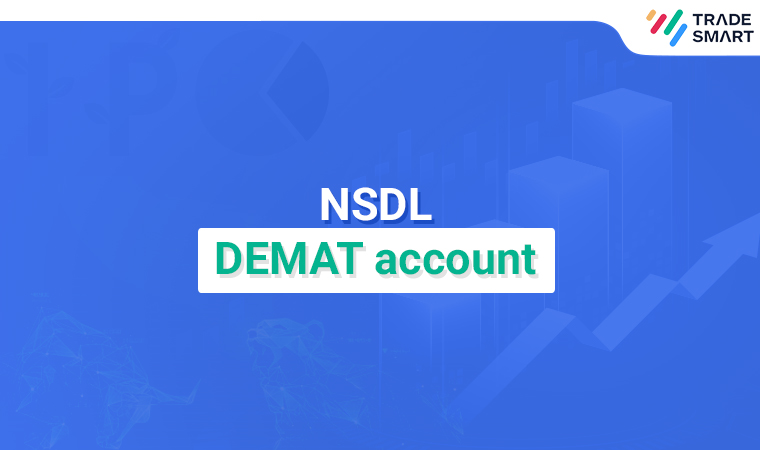In India, stocks are traded on the two main stock exchanges – the Bombay Stock Exchange (BSE) and the National Stock Exchange (NSE). While the BSE is the oldest stock exchange in the country, NSE is the biggest in terms of transactions. Between them, equities of nearly 7,000 companies change hands every day.
While tracking a few stocks may be easy for an individual on a day-to-day basis, but to gauge the overall health of the market requires a sort of averaging the movement of all the stocks.
Exchanges worldwide have devised a complex method of selecting stocks that will represent most stocks in the market and inform observers of the health of the market. This group of stock that is scientifically selected is called an index.
There are now a number of sub-indices that are being constructed to represent a group of stocks like the sector indices, the small company indices, and so on. In this essay, we shall look at what at the market indexes of the two Indian Exchanges.
What is an index?
A market index measures the price performance of a group of assets in the market. The basket of stocks selected to be represented in the index are the Crème-de-la-crème of the country and are generally the market leaders in their sector.
These benchmark indices represent a large chunk of the market in terms of size and financial performance. The index is a barometer of the performance of stock market and some may say the economy of the country.
There are various ways in which an index is constructed.
The most common are
- Full Market Capitalisation method and
- Free-float Market Capitalisation method.
All major global indices like MSCI, FTSE, S&P, Dow Jones use the free-float market cap methodology. Earlier Indian indices were developed using the full market capitalisation methodology but have shifted to the free-float market cap methodology.
Securities within the market index are assigned weights based on free-float where only non-promoter holding is used to calculate the market capitalisation.
The index is not only used to measure the performance and mood of the market but also to gauge the performance of stocks against the index and fund managers. Many mutual funds launch passively managed index funds that mimic the performance of the index.
Among the many uses of an index, one is to launch index based derivative products. Such products are very popular among traders and constitute substantial portion of the daily volume.
What is Sensex?
- Sensex is the benchmark index used by the BSE.
- First constructed in 1986, the index is the oldest one in India.
- Its constituents include top 30 stocks that are the most widely traded, largest and sector leaders.
- Though constructed in 1986 the index has a base year of 1978-79 and the base value of 100.
Over the years constituents of the index have changed, with companies that are performing better being included in the index while the laggards are removed from it. In the case of BSE, the Index Cell of the exchange does the day-to-day maintenance of the index. The cell is entrusted with the responsibility of maintaining and replacing the constituents of the index.
What is Nifty?
- The benchmark index of NSE is called Nifty that is comprised of 50 companies.
- It was incorporated in 22nd April 1996 and is managed by NSE Indices Ltd, formerly known as India Index Services & Products Ltd.
- The securities in Nifty are the market leaders in their respective sector.
- The index is reviewed every six months and non-performers are replaced with new leaders.
The index has some more filters for company selection like it should be from the universe of NIFTY 100 based on free-float market capitalisation and liquid companies and the constituent should have derivative contracts available on NSE.
What are the differences between Nifty and Sensex?
- The first difference between the two market indices is the number of stocks in the index. While Sensex has 30 companies that comprise the index, Nifty has 50 companies.
- The BSE Sensex is the oldest and was incorporated in 1986, but has the base year of 1979 and a value of 100.
- Sensex is derived from the words Sensitive and Index.
- The 30 companies in Sensex come from 16 different sectors.
- The market capitalisation of the Sensex as of December 21, 2021, stood at Rs 112,511,174 million on which date the index traded at 56,319.
- Nifty, which is formed by joining the words National and 50 was incorporated in April 1996 and has 50 scripts in it.
- The market capitalisation of the companies in the index stands at Rs 132,812,063 million as of December 21, 2021, with the index trading at 16,771.
- Nifty has the base year of 1995 and a base value of 1000.
The following tables give the composition of the two indices.
| NIFTY | SENSEX |
| ADANI PORTS & SEZ | ASIAN PAINTS |
| ASIAN PAINTS | AXIS BANK |
| AXIS BANK | BAJAJ FINANCE |
| BAJAJ AUTO | BAJAJ FINSERV |
| BAJAJ FINANCE | BHARTI AIRTEL |
| BAJAJ FINSERV | DR. REDDYS LAB |
| BHARTI AIRTEL | HCL TECHNOLOGIES |
| BPCL | HDFC |
| BRITANNIA | HDFC BANK |
| CIPLA | HUL |
| COAL INDIA | ICICI BANK |
| DIVIS LABORATORIES | INDUSIND BANK |
| DR. REDDYS LAB | INFOSYS |
| EICHER MOTOR | ITC |
| GRASIM | KOTAK MAHINDRA BANK |
| HCL TECHNOLOGIES | L&T |
| HDFC | M&M |
| HDFC BANK | MARUTI SUZUKI |
| HDFC LIFE INSURANCE | NESTLE |
| HERO MOTOCORP | NTPC |
| HINDALCO | POWER GRID |
| HUL | RELIANCE IND. |
| ICICI BANK | SBI |
| INDUSIND BANK | SUN PHARMA |
| INFOSYS | TATA STEEL |
| IOC | TCS |
| ITC | TECH MAHINDRA |
| JSW STEEL | TITAN |
| KOTAK MAHINDRA BANK | ULTRATECH CEMENT |
| L&T | WIPRO |
| M&M | |
| MARUTI SUZUKI | |
| NESTLE | |
| NTPC | |
| ONGC | |
| POWER GRID | |
| RELIANCE IND. | |
| SBI | |
| SBI LIFE INSURANCE | |
| SHREE CEMENT | |
| SUN PHARMA | |
| TATA CONSUMER | |
| TATA MOTORS | |
| TATA STEEL | |
| TCS | |
| TECH MAHINDRA | |
| TITAN | |
| ULTRATECH CEMENT | |
| UPL | |
| WIPRO |


